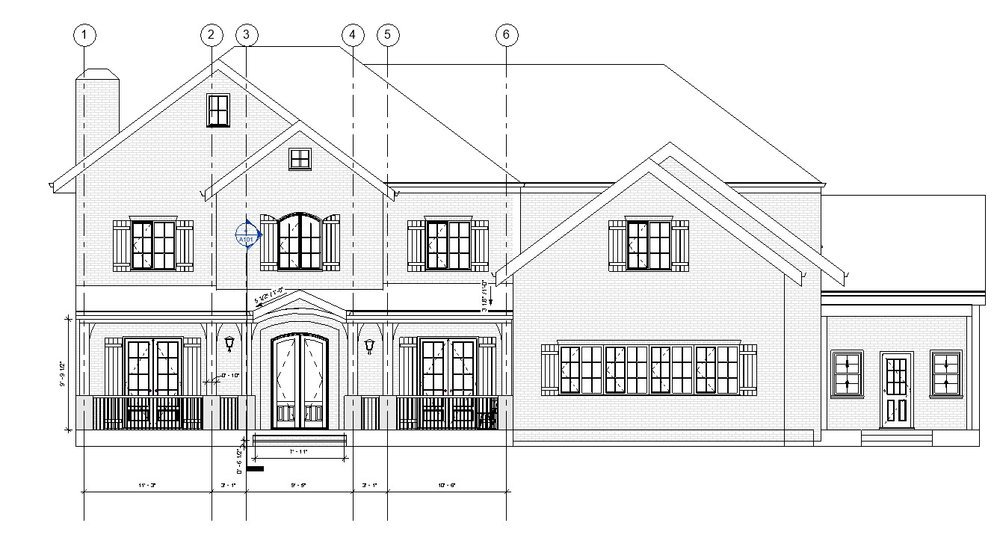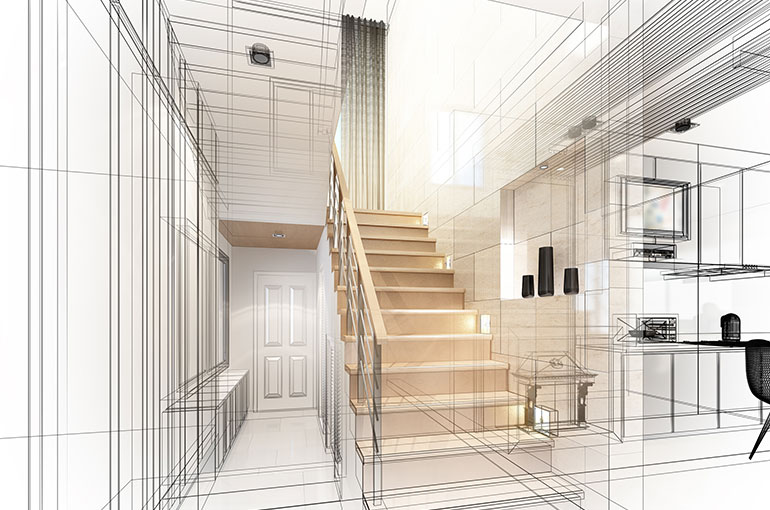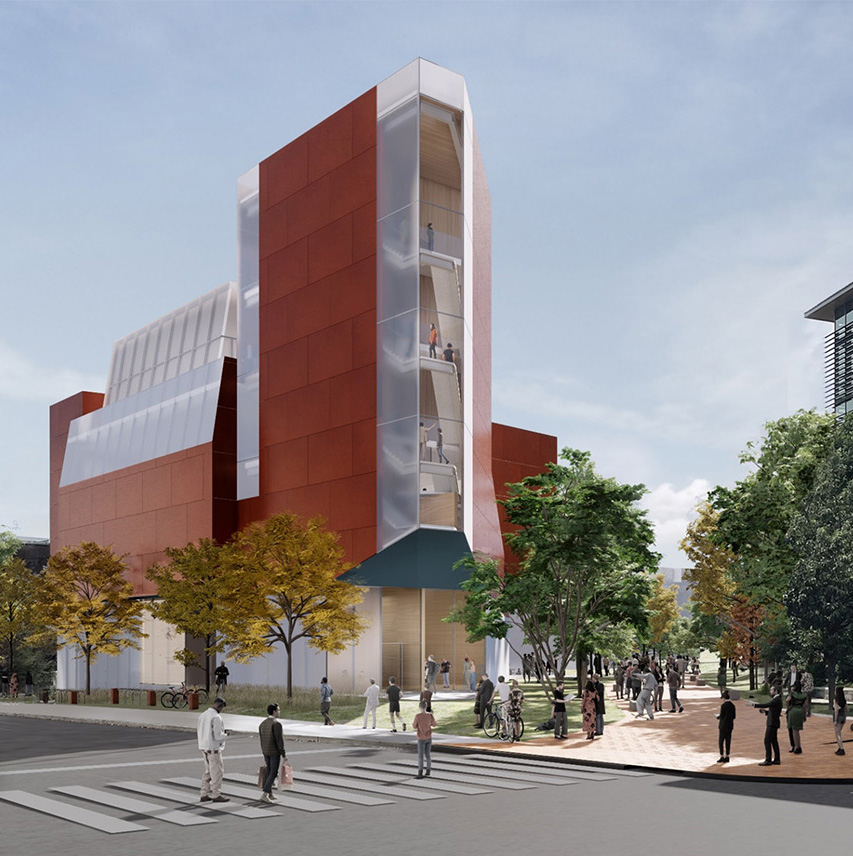How CDA Architects Integrate Eco-Friendly Practices in Architectural Projects
The Impact of Technical Advancements on the Design Practices of Contemporary Architects
The rapid evolution of technical devices has actually considerably improved the design landscape for contemporary architects, cultivating extraordinary degrees of technology and sustainability. The assimilation of Structure Details Modeling (BIM), parametric layout, and synthetic knowledge has not only structured cooperation among diverse teams however additionally redefined project execution. However, as engineers welcome these advancements, they are challenged with intricate challenges that could affect their imaginative procedures. Discovering these characteristics reveals a nuanced interplay in between technology and conventional style methods, triggering a more detailed assessment of what the future holds for architectural methods.
Development of Architectural Devices
Exactly how have architectural devices transformed the layout and building and construction procedures over the centuries? The evolution of architectural devices has actually substantially impacted the effectiveness, precision, and creativity of design and building and construction.
With the development of the Renaissance, the introduction of the compass and the protractor noted an essential shift. These devices allowed architects to achieve greater precision in their designs, helping with the appearance of even more intricate and proportionate buildings. The Industrial Change better reinvented architectural exercise with the introduction of mechanized tools and materials, enabling for larger and more ambitious jobs.
In the 20th century, the development of computer-aided layout (CAD) software transformed the landscape once more, providing designers with unmatched capacities in modeling and visualization. Today, progressed devices such as Building Info Modeling (BIM) and parametric style software application continue to push the boundaries of architectural innovation, allowing a more integrated method to layout and building and construction procedures.
Boosted Collaboration in Layout
As modern technology remains to progress, boosted cooperation in style has actually come to be a foundation of modern architectural method. The combination of electronic devices such as Building Details Modeling (BIM), cloud-based systems, and advanced visualization software has transformed the means architects, designers, and stakeholders engage throughout the design process. These tools help with real-time interaction, enabling groups to share ideas, adjustments, and comments promptly, despite geographical location.

Additionally, interdisciplinary partnership has actually been streamlined with these technical improvements, making it possible for designers to function more carefully with various other professionals, such as metropolitan organizers and ecological specialists. The outcome is an extra cohesive method to design that thinks about numerous perspectives and know-how. Ultimately, enhanced partnership in layout is not merely a trend; it is necessary for developing ingenious, practical, and cosmetically pleasing architecture in an increasingly complicated world.

Sustainability Through Technology
Sustainability in style has actually significantly come to be intertwined with technological innovation, driving the sector towards eco accountable methods. Contemporary designers are leveraging sophisticated innovations to reduce environmental impact while boosting the efficiency of structures. cda architects. One popular example is making use of Structure Information Modeling (BIM), which enables exact planning and source allowance, decreasing waste throughout building and promoting power efficiency throughout a structure's lifecycle
Additionally, smart products and energy-efficient systems are being integrated into designs to enhance resource usage. Technologies such as solar batteries and eco-friendly roof harness eco-friendly energy resources, contributing to lowered carbon footprints. In addition, the application of expert system in style procedures allows engineers to replicate and analyze power usage, leading decisions towards even more sustainable end results.
The combination of lasting innovations not just aligns with worldwide ecological goals however additionally meets a boosting need from consumers for green solutions. As designers welcome these innovations, the emphasis changes towards producing spaces that are not just aesthetically pleasing however additionally functionally sustainable, consequently redefining the criteria of modern design. In this means, technology works as a driver for sustainability, allowing designers to design buildings that respect and boost the natural environment.
Difficulties in Application
While technical innovations in architecture hold terrific pledge for boosting sustainability, their implementation typically comes across substantial obstacles. One key barrier is the high learning contour connected with brand-new modern technologies. Engineers and building and construction professionals may require extensive training to effectively utilize sophisticated software application and tools, which can postpone job timelines and boost expenses.
In addition, the combination of emerging technologies, such as Building Info Modeling (BIM) and sustainable materials, often demands you can try these out cooperation throughout multidisciplinary teams. This partnership can be impeded by differences in proficiency, workflows, and interaction designs, bring about possible problems and inadequacies.

Moreover, regulatory frameworks and building ordinance might not equal technological improvements, creating ambiguity and prospective conformity concerns. This obstacle can discourage architects from fully embracing new innovations, as the danger of non-compliance might surpass the advantages. Therefore, dealing with these application difficulties is critical for the effective assimilation of technical advancements in modern building methods.
Future Trends in Architecture
The obstacles connected with the execution of brand-new innovations in design have prompted a reevaluation of future trends within the sector - cda architects. As engineers browse problems such as sustainability, urbanization, and social equity, they are increasingly adopting cutting-edge modern technologies to improve design efficiency and ecological efficiency
One famous trend is the integration of fabricated knowledge (AI) in the style process. AI devices can examine large datasets to inform layout choices, enhancing both creativity and capability. Structure Info Modeling (BIM) proceeds to progress, enabling real-time cooperation among stakeholders and facilitating structured job monitoring.
Lasting design methods are also obtaining momentum, with engineers concentrating on adaptive reuse and regenerative layout principles that minimize source consumption and waste. The unification of smart products and renewable power sources will certainly further boost the durability of structures in the face of environment change.
Furthermore, the surge of parametric style allows for more tailored and context-sensitive architectural options (cda architects). By harnessing these improvements, architects are poised to develop built environments that not just address the instant demands of society however likewise prepare for future difficulties, therefore redefining the role of architecture in an ever-changing world
Verdict
Technological developments have significantly improved building design practices, facilitating boosted find accuracy, partnership, and sustainability. The integration of devices such as Structure Info Modeling and parametric style software, alongside synthetic intelligence and clever products, equips architects to resolve intricate difficulties much more efficiently.